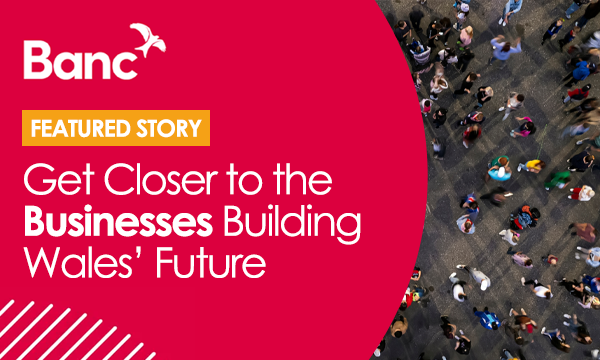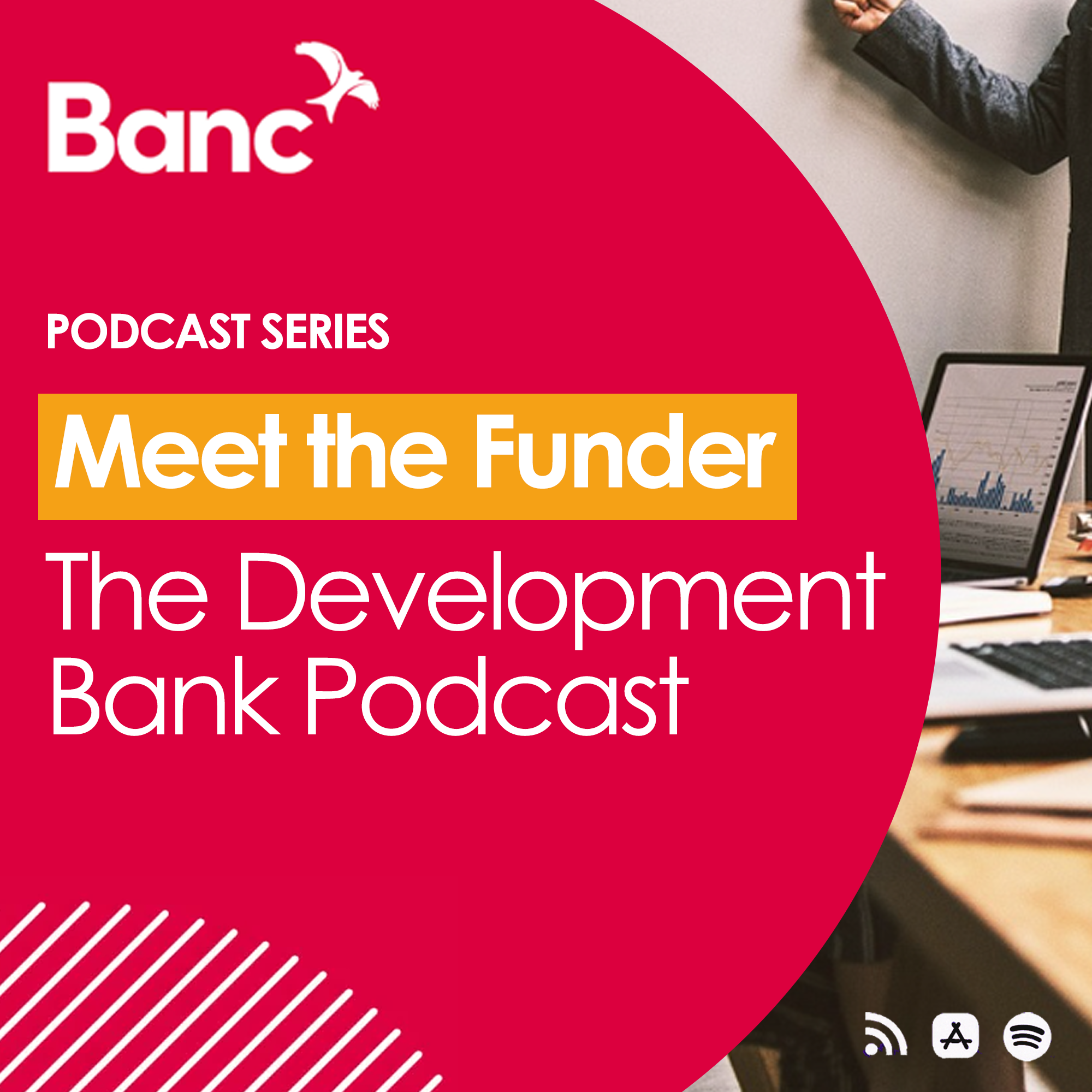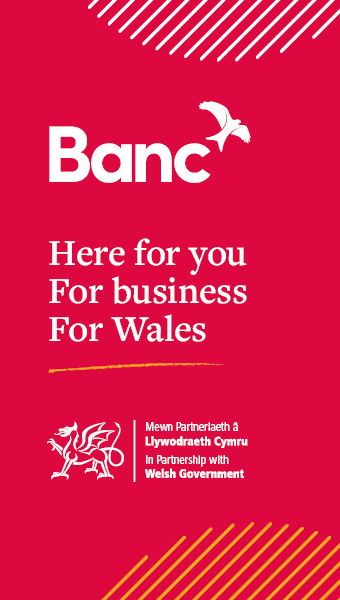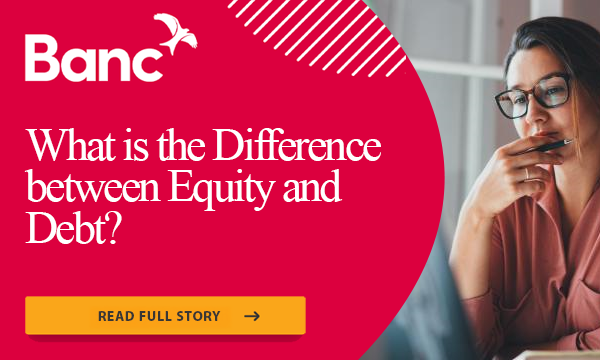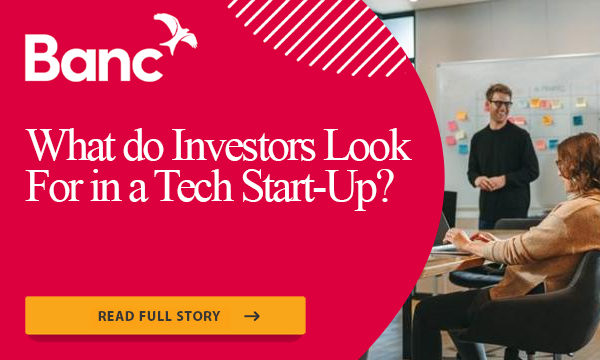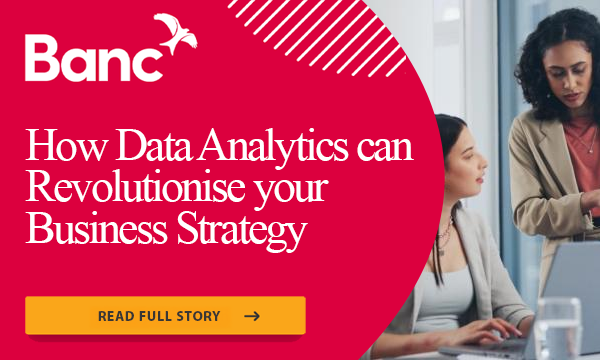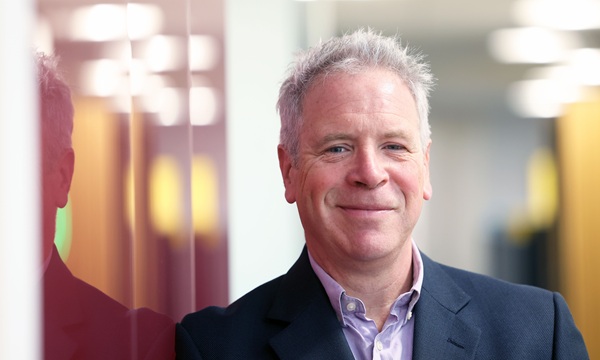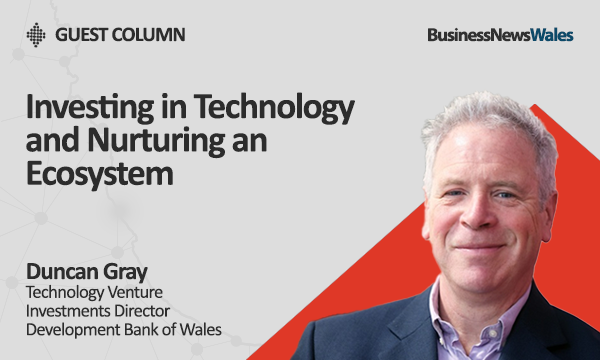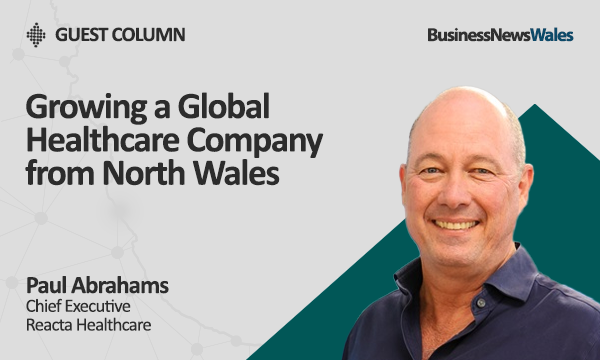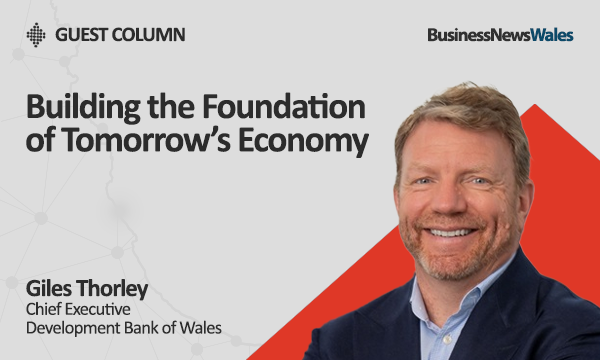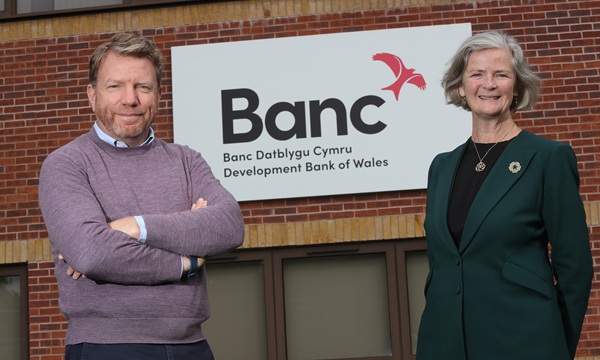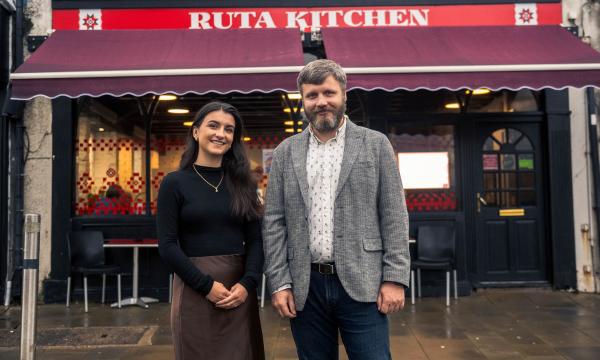
GUEST COLUMN:
Hugo Thompson
Owner
Wizard Eco
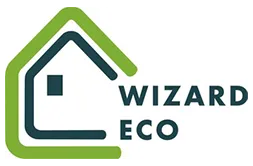
When businesses talk to us about decarbonisation, they often start by asking what they need to do. My answer is always the same: it’s not about jumping straight to the solution, it’s about understanding where you are now. That’s the first step in creating a plan that works.
Every journey begins with an assessment. We look at the building, the operations, the supply chain and the wider context. From there we can draw out a pathway, whether the priority is cost, regulatory compliance, or future growth. It isn’t about focusing on one technology in isolation, but about mapping a phased approach that sets out what can be achieved and when.
The obvious starting point for many businesses is solar. We are nationally accredited under the ECO4 Scheme and solar does go into 99 per cent of the installations we deliver, but it is rarely the first measure we recommend. Quick wins are nearly always available elsewhere. Lighting is a prime example. You would be surprised how many industrial buildings still use halogen lights that run all day, even in unused areas. Switching to low-energy lighting with sensors is one of the lowest-cost measures with the quickest impact.
Heating is another major area. Looking at how a building is heated and how that interacts with solar and battery solutions is crucial. For manufacturers such as bakeries, where energy demand is high, the age and efficiency of equipment makes a huge difference. Replacing old ovens, for instance, can reduce energy use and carbon emissions significantly, sometimes more than expanding roof space for panels.
We always advise a whole-building approach. That means not only examining your own energy use but also considering logistics and the supply chain. Many businesses are surprised to learn how much of their carbon footprint comes from suppliers. Asking subcontractors and partners what they are doing to reduce emissions is an important part of any decarbonisation plan.
The financial case for action is often stronger than people expect. For a typical commercial solar installation, the return on investment is usually less than four years, and most new panels carry 25-year performance guarantees. In almost every case, businesses are cashflow positive from year one when using finance, because the savings outweigh the cost of lending. That makes it possible to keep working capital available for business growth while still investing in sustainability.
Finance is an important part of the equation, and schemes like the Green Business Loan Scheme from the Development Bank of Wales play a key role. We have worked with businesses who combine loan funding with council grants, creating affordable packages that support both immediate improvements and long-term planning. Local authorities have decarbonisation officers in place who can be an excellent source of advice and support.
Much of the early progress we see comes down to communication. Businesses talk to neighbours on industrial estates, to their local councils, to peers who have already installed measures. These conversations often trigger action. What we then do is help turn that interest into a structured plan that sets out phases over five or ten years.
Some projects move quickly, others take longer. For us it doesn’t matter whether a business is ready to install next month or is planning a multi-year programme. What matters is that the conversation starts. Once there is a plan in place, the business can decide how and when to act, knowing what each step will deliver.
The journey to net zero is a long one, but it starts with small, practical actions. The most important step any business can take is simply to open the door to that first conversation. From there, the pathway becomes clear.
Hugo Thompson talks about this and more in Meet the Funder – The Development Bank Podcast. Listen to the podcast here.


